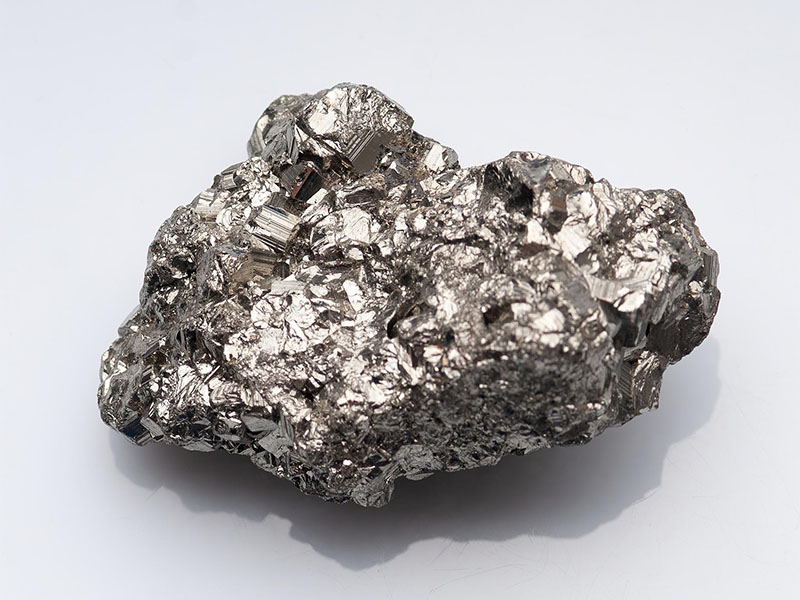
09月

Steel Industry
About 85% to 90% of niobium in the world is used in the form of niobium iron for steel production.. Adding 0.03% to 0.05% niobium to steel can increase its yield strength by more than 30%. Niobium can also achieve dispersed distribution of precipitates and adjust the toughness level of steel over a wide range by inducing precipitation and controlling cooling rate. Therefore, adding niobium to steel can not only improve its strength, but also enhance its toughness, high temperature oxidation resistance, and corrosion resistance, reduce its brittle transition temperature, and make it have good welding and forming properties< Some compounds and alloys of niobium in the superconducting material industry have high superconducting transition temperatures, and are therefore widely used in the manufacture of various industrial superconductors, such as superconducting generators, high-power magnets for accelerators, superconducting magnetic energy storage devices, nuclear magnetic resonance imaging equipment, etc. At present, the most important superconducting materials are niobium titanium and niobium tin, which are widely used in magnetic resonance imaging for medical diagnosis and nuclear magnetic resonance imaging for spectral analysis< Aerospace Industry
The aerospace industry is the main application area of high-purity niobium, mainly used for the production of rocket and spacecraft engines and heat-resistant components.. Niobium and tantalum thermal strength alloys have excellent thermal strength, heat resistance, and processability, and are widely used in the manufacture of components for aircraft engines and blades for gas turbines. Almost all jet fighters in the United States use niobium alloy for the thermal components of their engines< Atomic energy industry niobium has good thermal conductivity, high melting point, good corrosion resistance, and low neutron capture cross section, making it a very suitable material for atomic energy reactors. The main uses of niobium in the atomic energy industry include: cladding materials for nuclear fuel, alloys for nuclear fuel, and structural materials for heat exchangers in nuclear reactors< Electronics Industry
Niobate ceramics can be used to make capacitors, and compound single crystals such as lithium niobate and potassium niobate are new types of optoelectronic and electronic crystals with good piezoelectric, thermoelectric, and optical properties. They are widely used in infrared, laser technology, and the electronics industry.. In addition, niobium has a high melting point, strong electron emission ability, and gas absorption ability, which can be used to make electronic tubes and other vacuum devices< Niobium in the medical field has good resistance to physiological corrosion and biocompatibility, does not interact with various liquid substances in the human body, and almost does not damage biological tissues. It can adapt to any sterilization method and is therefore commonly used in the manufacture of bone plates, cranial bone plate screws, dental implants, surgical tools, etc< Other Applications
In the chemical industry, niobium is a high-quality acid resistant and liquid metal corrosion-resistant material that can be used to make steamers, heaters, coolers, etc. In addition, niobic acid is also an important catalyst< Niobium is also used in the casting industry, where its main function is to form hard carbides (beneficial for wear resistance) and change the morphology and size of graphite sheets. Therefore, it is often used to manufacture cylinder heads, piston rings, and brake pads for automobiles. In addition, niobium is sometimes used together with gold and silver on commemorative coins< Niobium helps to increase the transparency of lenses and is therefore also used in the manufacturing of lenses in the optical industry< Niobium can also be applied to the lighting industry, such as the alloy of niobium and 1% zirconium, which can be used to make precision brackets for high-efficiency and high-strength sodium vapor street lamps, giving these small components high thermal strength, excellent formability, and resistance to sodium vapor corrosion< br/>